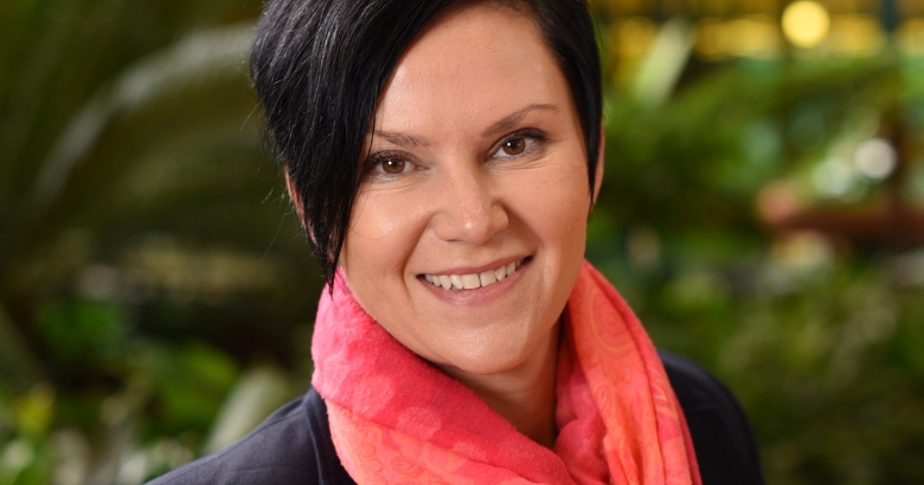
Mater Research is aiming to unlock the cause of severe tuberculosis (TB) – which is once again the world’s deadliest infectious disease – thanks to a $1.5m National Health and Medical Research Council grant.
The funding will be used for a four-year study into which host-factors drive or prevent the progression of the disease.
While COVID-19 claimed the largest number of lives of any disease in 2020-21, the easing of the pandemic has seen TB reclaim its previous place as the world’s deadliest infectious disease, with around 1.6m lives lost each year.
The study will be led by Professor Katharina Ronacher of Mater Research and will also include researchers from Stellenbosch University in South Africa.
Prof Ronacher said that most individuals infected with the bacteria that cause TB will contain the infection in granulomas (benign areas of infection) in the lung, but around 10 per cent of those infected will develop full-blown pulmonary TB in their lifetime.
“This study will investigate the host immune response to the bacterium that causes TB,” Prof Ronacher said.
“In particular, it will identify the host determinants of successful granuloma formation and containment of the bacteria.”
“Identification of these pathways will deliver new therapeutic strategies to prevent progression from latent to active TB in individuals infected with Mycobacterium tuberculosis.”
Stellenbosch University will contribute tissue samples from TB patients in South Africa, where around 58,000 died from the disease in 2019.
Although the disease is most prevalent in the developing world, Prof Ronacher said that approximately 2,000 cases a year are recorded in Australia, including around 200 cases in Queensland.
“TB is prevalent in developing countries because it spreads through close contact and over-crowding, and malnutrition is also a factor,” Prof Ronacher said.
“This disease is a massive killer across the world, particularly when the bacteria develop resistance to antibiotics. In Australia it remains a serious problem with rates of TB infection for First Nations Australians 5-6 times higher than for the Australian-born, non-Indigenous population.”



